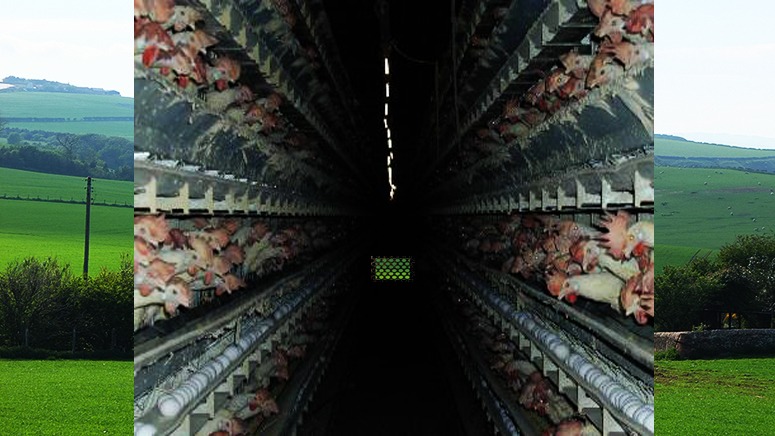Greta Gaard recalls a conversation with her Dad about ‘my dietry freedom at the age of 11’.
‘What if I came up to you, and ripped your arm off, and ate it?’ I was practically yelling at my father. ‘How would you feel about that? And what kind of person would that make me?. Happily, he was silent. ‘Don’t you see? I’m not goint to eat Pookie [our dachshund], I’m not going to eat your arms and legs, and I’m not going to eat anyone else’s either’. This conversation was the formal beginning of my environmentalal ethic. Of course, I didn’t think of it that way at the time. [Environmental Ethics: The Big Questions edited by David R. Keller 2010 p.45]
I stayed in a hotel recently and the owner informed me that he only ate the flesh of animals which do not have a central nervous system. I did not ask about slugs but I did wonder about the religious and physiological aspects of his diet. I have read that humans could not have evolved to their present condition without consuming the proteins which come from animals and our place in the food chain is part of our ‘nature’. But have humans reached a point at which they can/should give up eating fish and meat? The Economist reports that ‘The world’s average stock of chickens is almost 19 billion, or three per person’ – and most of them are kept in ghastly conditions. Buddhists believe that accumulating bad karma can lead to one being reborn as a lower form of life. If I am to reborn as a chicken I most definitely would not want it to be in Africa, India or China. Nor would the US or Australia suit me well. I suppose the UK would be the best place, because the country has moderately well developed animal welfare policies, but even this would be grim.
Should good environmentalists be vegetarian? One consideration is that if all humans became vegetarian then the Earth could support a much larger human population, thus promoting the happiness of a greater number. But if man is ‘just another animal’ then (1) should we worry about the loss of 19bn chickens if humans became vegetarian (2) have we a moral obligation to extend human rights to the animal kingdom?
Battery chickens factory farming image courtery aleutia
Disclosure: I was a vegetarian for many years and am now as strict as I can be about only eating ‘organic’ fish and meat – but I have doubts about my dietry policy and took a guilty pleasure in an inorganic ‘Full English’ breakfast one day last week.

